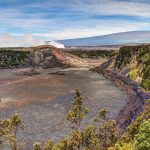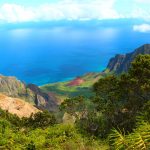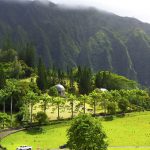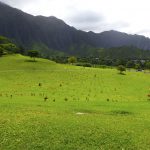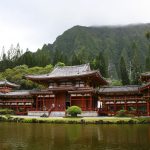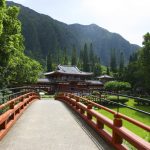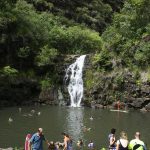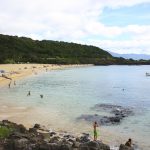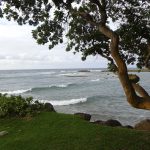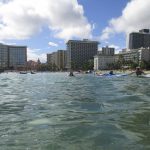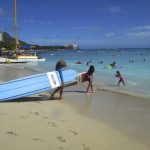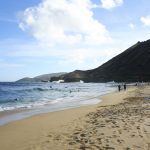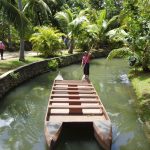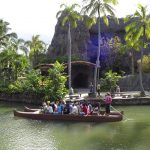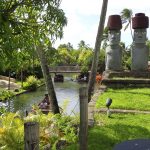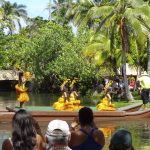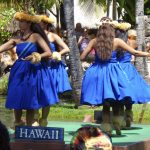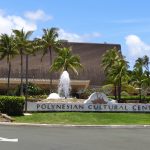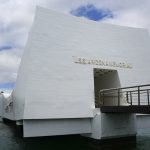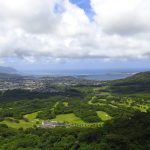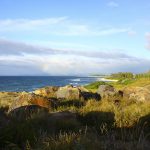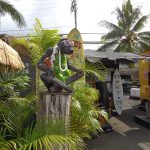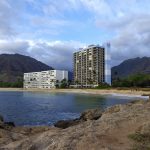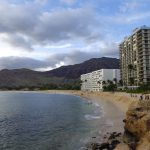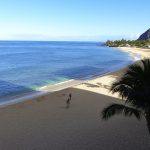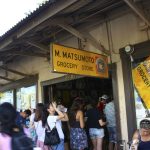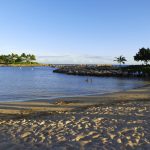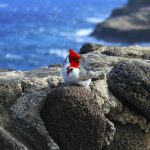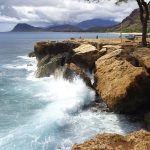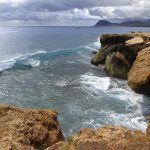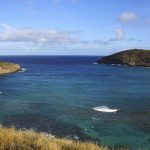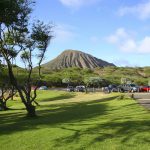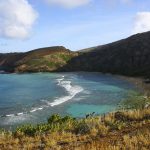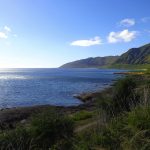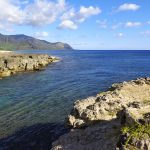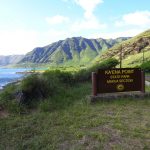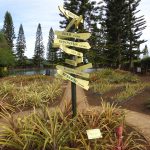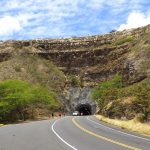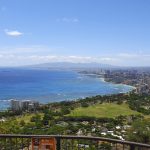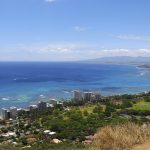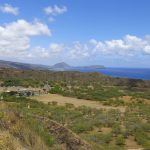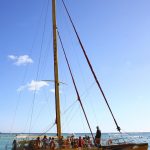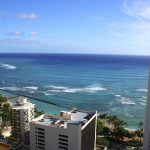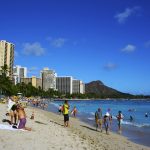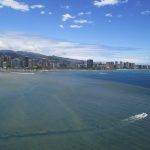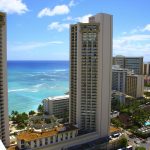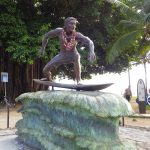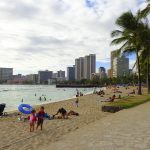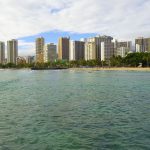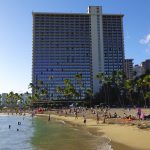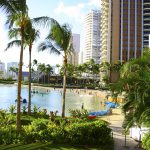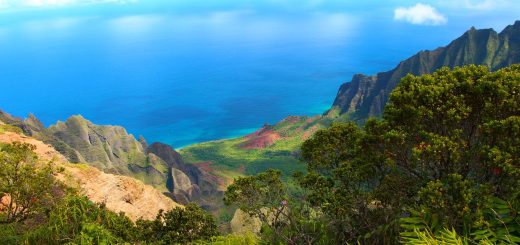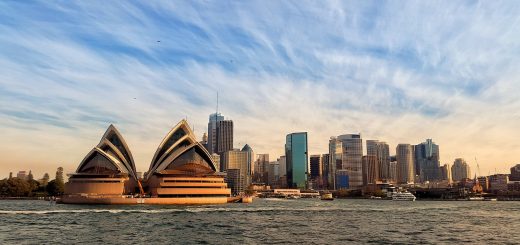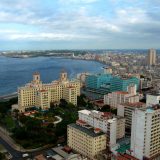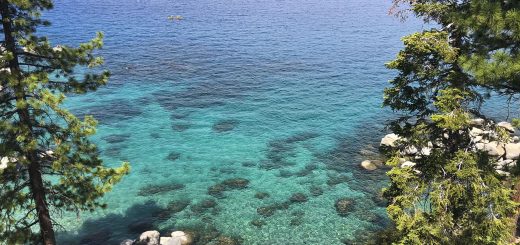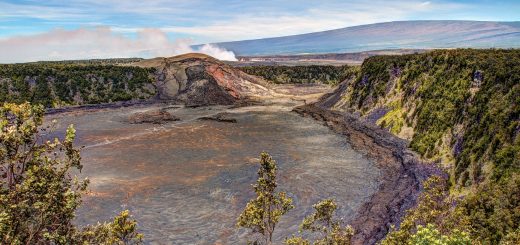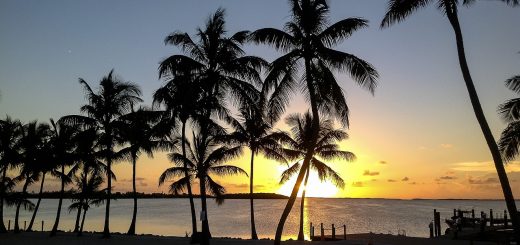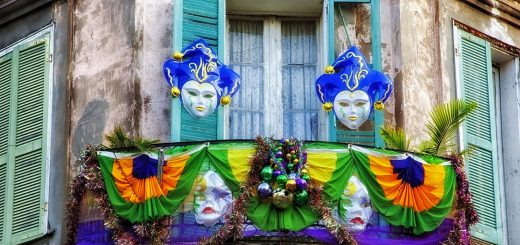Hawaii
by admin · March 26, 2023
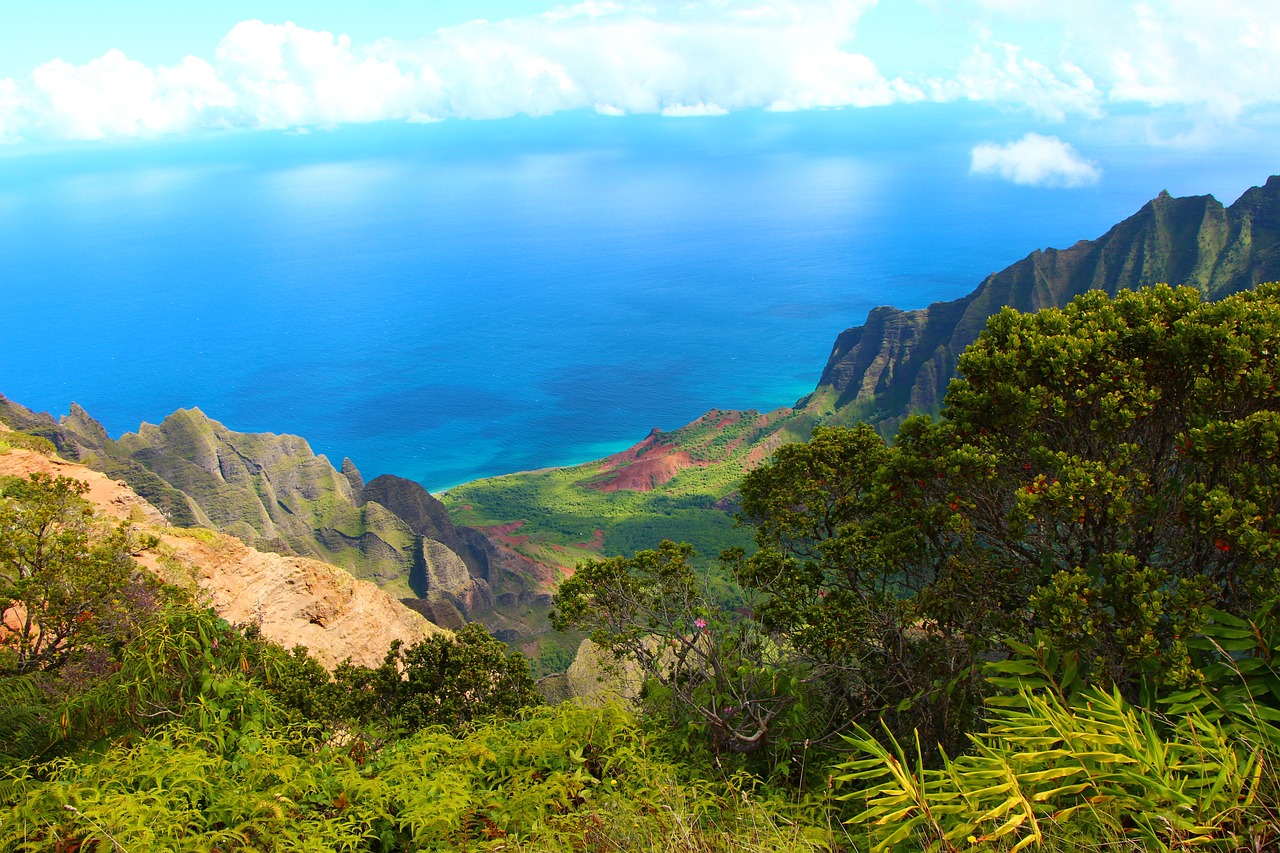
Discovering the Unique Islands of Hawaii: A Travel Guide
Hawaii is a tropical paradise made up of eight unique islands, each with its own distinct character and attractions. From stunning beaches and lush rainforests to volcanic landscapes and cultural experiences, there is something for everyone in Hawaii. In this travel guide, we will explore the main city travel destinations, the culture and food of the islands, and the best time to visit each one.
Hawaii Islands:
Oahu
Known as the “Gathering Place,” Oahu is the most populous island in Hawaii and is home to the state capital, Honolulu. Visitors can explore the historic sites of Pearl Harbor, hike to the top of Diamond Head for breathtaking views and enjoy the famous Waikiki Beach. Oahu also offers a diverse culinary scene, including traditional Hawaiian dishes such as poke and kalua pig.
Maui
Dubbed the “Valley Isle,” Maui is known for its stunning natural beauty, including the iconic Road to Hana and the towering Haleakala crater. Visitors can also enjoy world-class snorkeling and scuba diving, as well as fine dining featuring fresh local ingredients like seafood and exotic fruits.
Kauai Nicknamed the “Garden Isle,” Kauai is known for its lush tropical rainforests, rugged coastlines, and stunning waterfalls. Visitors can hike the famous Napali Coast, take a scenic helicopter tour, and explore the quaint towns of Hanalei and Koloa. Kauai also boasts a unique food scene, featuring farm-to-table cuisine and local specialties such as taro and poi.
Hawaii Island
(The Big Island) As the largest and youngest of the Hawaiian Islands, Hawaii Island (commonly referred to as the “Big Island”) boasts diverse landscapes ranging from black sand beaches to snow-capped mountains. Visitors can explore the active Kilauea volcano, hike to cascading waterfalls in Hilo, and stargaze atop Mauna Kea. The Big Island is also home to a rich cultural heritage, with traditional Hawaiian arts and crafts, hula performances, and delicious local cuisine.
Lanai
Known as the “Pineapple Island,” Lanai was once the world’s leading exporter of pineapples. Today, visitors can explore the island’s stunning beaches, hike to the top of Puu Pehe (Sweetheart Rock) and visit the historic Lanai City. Lanai is also a great place to sample local delicacies like lomi salmon and haupia (coconut pudding).
Molokai
Nicknamed the “Friendly Isle,” Molokai is a quiet and rural island that offers a glimpse into old Hawaii. Visitors can explore the remote Kalaupapa Peninsula, hike to the top of the highest sea cliffs in the world and learn about Hawaiian culture at the Molokai Museum and Cultural Center. Molokai is also famous for its traditional Hawaiian music and dance, as well as its unique cuisine featuring fresh fish and taro.
Niihau
Known as the “Forbidden Isle,” Niihau is a privately owned island that is largely off-limits to visitors. However, visitors can take a helicopter tour to see the island’s stunning coastline and unique wildlife, including the endangered Hawaiian monk seal.
Best Time to Visit
Hawaii is a year-round destination, but the best time to visit depends on what you want to do. Summer (June-August) is the busiest and most expensive time to visit, but also offers the best weather for outdoor activities. Winter (December-February) is the best time for whale watching and surfing on the North Shore of Oahu. Spring (March-May) and fall (September-November) offer fewer crowds and lower prices.
Main City Travel Destinations
Honolulu:
As the state capital, Honolulu is the largest city in Hawaii and is located on the island of Oahu. It offers a blend of urban and natural attractions, including the famous Waikiki Beach, the Pearl Harbor National Memorial, and the Bishop Museum.
Hilo:
Located on the eastern side of the Big Island, Hilo is known for its lush rainforests, waterfalls, and botanical gardens. Visitors can explore the nearby Hawaii Volcanoes National Park or take a scenic drive along the Hamakua Coast.
Lahaina:
Located on the west side of Maui, Lahaina is a historic town that was once a whaling village. Today, it offers a mix of art galleries, shops, and restaurants, as well as access to popular beaches like Kaanapali and Kapalua.
Culture, Food, and Architecture
Hawaii’s culture is a unique blend of native Hawaiian traditions and influences from various immigrant populations, including Japanese, Chinese, and Filipino.
One of the most iconic aspects of Hawaiian culture is hula dancing, a traditional dance that tells stories through movement and music. Visitors can experience hula dancing at various events and performances throughout the islands.
Hawaii’s cuisine is also a blend of cultures, with dishes like poke, kalua pig, and spam musubi reflecting the diverse influences on the islands.
In terms of architecture, Hawaii is known for its colorful plantation-style homes and iconic mid-century modern buildings. Visitors can explore historic sites like the Iolani Palace and the Royal Hawaiian Hotel in Waikiki.
Conclusion
Hawaii is a stunning destination with something for everyone, from beautiful beaches and outdoor adventures to unique culture and delicious food. With each island offering its unique attractions and personality, visitors to Hawaii can experience a wide range of experiences and create unforgettable memories. So why not start planning your Hawaiian vacation today?
